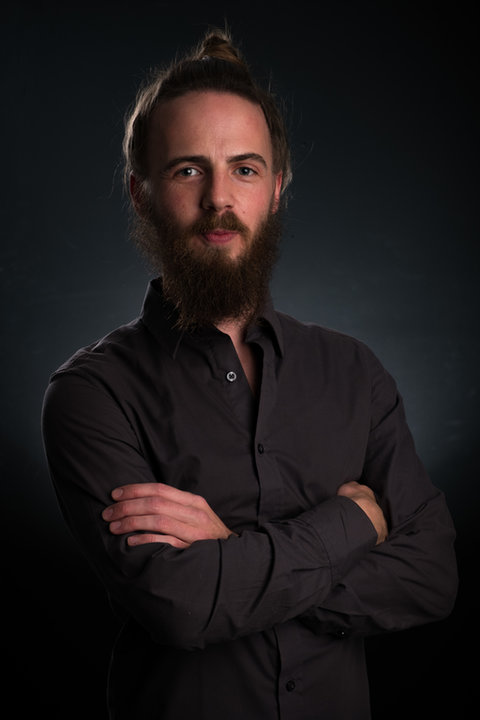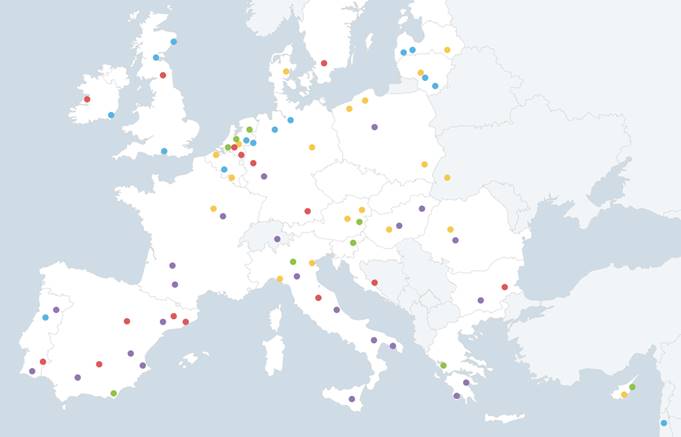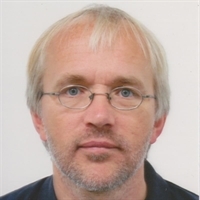ARTICLE

Georg Spreitzer
coordinator of use case 1.3 Soya Protein Management
When IoF2020 started nearly two years ago, the aim was to further the uptake of Internet of Things technology in the agri-food sector. Coming January we take a giant leap forward: 14 new use cases will join the project, bringing the total to 33. Marion Bogers and Nico Bondt supervised the open call through which these new use cases were selected.
The open call was foreseen from the start of the project. Why was that?
Nico: ‘Digital technology is advances very fast. At the beginning of the project we couldn’t foresee what new, almost market-ready technologies would be available now. So we used this open call to keep up with the rapid developments in the market. All with the aim of further increasing the impact of IoT-technology in the European agri-food sector.’
Marion: ‘The selection criteria were set by project implementation board and the work package leaders. Through this process, we made sure that the new use cases really add something new to the project. Something that magnifies the impact. This open call halfway during the project helps us to build in flexibility, so that we achieve our aim.’
Setting the criteria for the open call applicants with so many different stakeholders surely wasn’t easy. How did it go? What did you look for in the proposals?
Nico: ‘Discussion helps to refine what you really want. In this case, several current project members stressed the importance of adding technology that we lack. Whereas the project implementation board emphasized the addition of new geographic areas and turning technology into viable, scalable business. To make impact, a combination of both is needed.’
Marion: ‘One of the things specifically aimed for was the inclusion of the Eastern and Northern European countries in the project. The new use cases add many new test locations and partners in Eastern Europe, but also in other countries not yet covered. We looked at a multi-actor approach too, in which the partners from at least part of the agri-food chain are involved. The amount of external money raised is also a good indicator of quality. With 99 submitted proposals we had enough to choose from.’
The project already runs for almost two years, in which a lot of progress has been made. The new use cases jump on a moving train so to say. How do you support them?
Marion: ‘The use cases now admitted to IoF2020 have a product that is at a comparable technology readiness level as the products already inside the project. So they don’t start from scratch. All new use cases are in touch with the trials they fit into. Some have even reserved budget to hire one of the existing use cases for help. And last but not least: at the Partner Event from 6 to 8 March we will all meet in real life.’
Last question. What are you looking forward to most in the new use cases?
Marion: ‘I’m very curious to see what comes out of the BiT use case on wine. They will employ 9 test sites in different EU countries. It’s ambitious, I like that.’
Nico: ‘Personally, I’m very interested in the use cases on animal health management. But more importantly, many of the new uses cases aim to really involve post-farm supply chain partners. That’s quite a challenge, so I’m very curious to see the results.’
‘Look over the edge of your field of expertise, it’s worth it.’

Trails
Countries
Partner organisations
Use cases
Started with:
16
71
19
After Open Call:
29
118
33
Interview with Marion & Nico

Marion Bogers
Project Management Officer IoF2020 Wageningen University and Research

Nico Bondt
Project Manager IoF2020 Wageningen University and Research